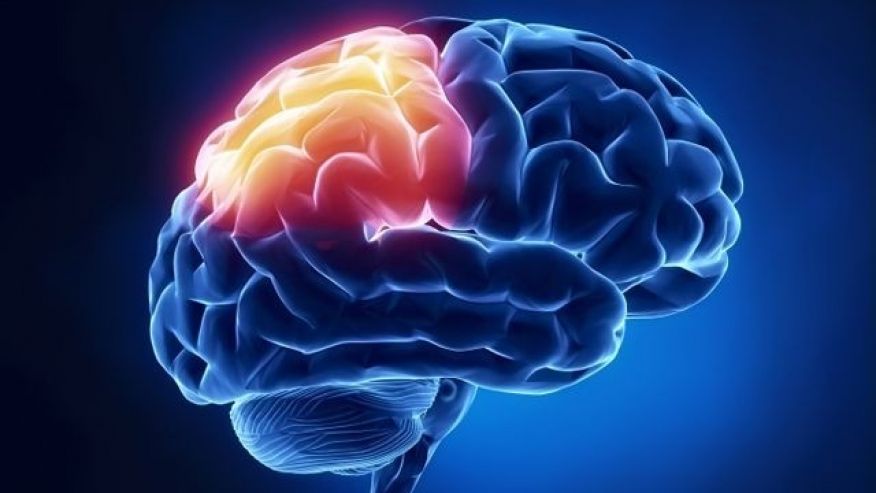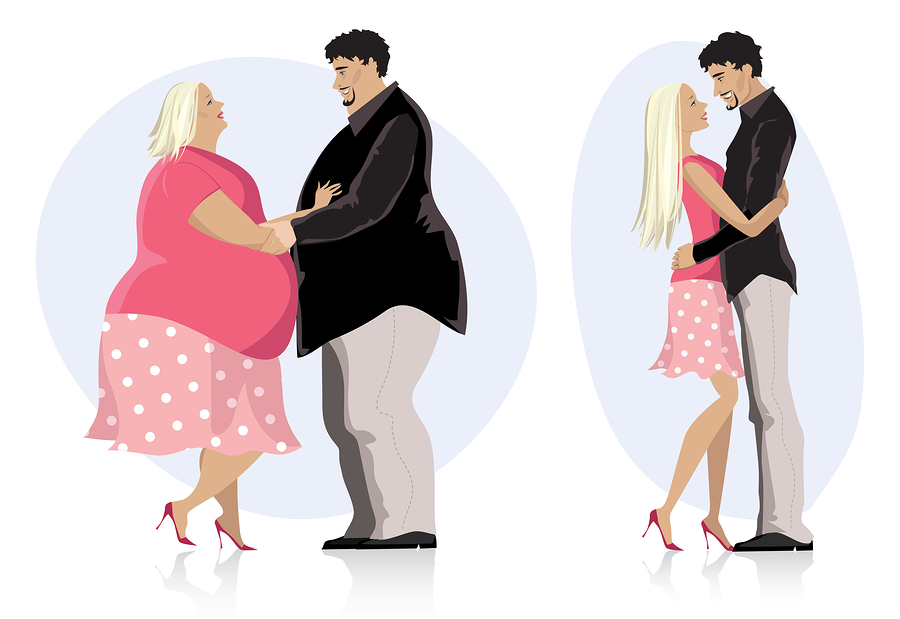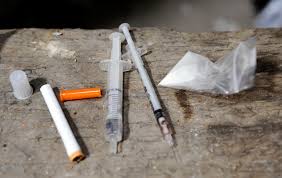Alcoholism malnutrition effect

Alcoholism malnutrition effect are real and can knock on your doorstep at any time if you don’t stop using alcohol
Alcoholism malnutrition effect: Liver toxicity: Liver toxicity
Being malnourished deprives the body of essential nutrients for health and body comfort. We must ensure that the body gets all the food nutrients it needs. In doing so, we’ll meet some obstacle along the way one of them being the element of substance abuse. For a better understanding, we want to focus on the topic alcoholism malnutrition effects progressively. We are doing this as a way of supporting the noble assignment of defeating the scourge of addiction from our societies. In that respect doctor, Dalal Akoury who is also the founder of AWAREmed Health and Wellness Resource Center is going to take us through the discussion and we want to appeal to you to keep on the link and invite a friend so that we can have a healthy learning experience together. Meanwhile, if this is causing you any problem, you can always consult with the experts from AWAREmed Health Center for further professional direction.
Alcoholism malnutrition effect: Why does alcohol addiction cause malnutrition?
By all standards, alcohol is the world’s most abused substance. Ironically, it is also the biggest revenue earner to the authorities in terms of tax levies. In other words am simply saying that despite the serious health consequences, it is legally allowed for consumption. I have always appreciated that most authorities have put certain restrictions as controlling measures to minimize its consumption, but the truth is, these has not yielded any positive result. This is because the effects of alcohol consumption can be felt in all our families whether directly or indirectly.
Our learning institutions are not spared either. Young boys and girls are drinking disorderly to the amazement and deterioration of our morals. Now to the question “why do we say that alcohol addiction causes malnutrition”? It will surprise you to note that in this generation many alcoholics across the globe are malnourished for various reasons.
Take, for example, victims of alcohol abuse suffers high risk of being malnourished either because they take in very little of essential nutrients like carbohydrates, proteins, and vitamins, or because alcohol and its metabolism inhibit their body from performing its duty of properly absorbing, digesting and using those nutrients as effective as it should. This, therefore, brings in the significance of alcohol addiction in malnutrition in the picture. It is no wonder majority of alcohol consumers and particularly the alcoholics frequently experience deficiencies in vital food nutrients including proteins and vitamins, particularly vitamin A. the danger of these deficiencies is that if not addressed in good time, the victims risk being affected by serious and chronic liver disease and other serious alcohol–related disorders.
A complex relationship exists between a person’s alcohol consumption and nutritional status. Many people, including light to moderate drinkers who consume one to two glasses or less of alcoholic beverage per day, consider those beverages a part of their normal diet and acquire a certain number of calories from them. When consumed in excess, alcohol can cause diseases by interfering with the nutritional status of the drinker. For example, alcohol can alter the intake, absorption into the body, and utilization of various nutrients. In addition, alcohol exerts some harmful effects through its breakdown (i.e., metabolism) and the resulting toxic compounds, particularly in the liver, where most of the alcohol metabolism occurs. This explains why you need to schedule an appointment with doctor Akoury now for help.
Alcoholism malnutrition effect: Liver toxicity
http://www.integrativeaddictionconference.com/wp-admin








